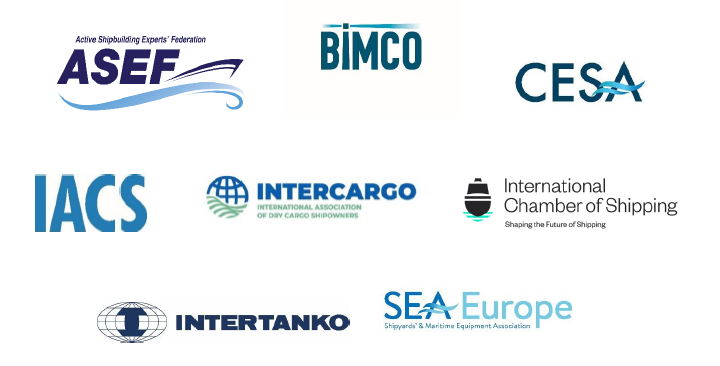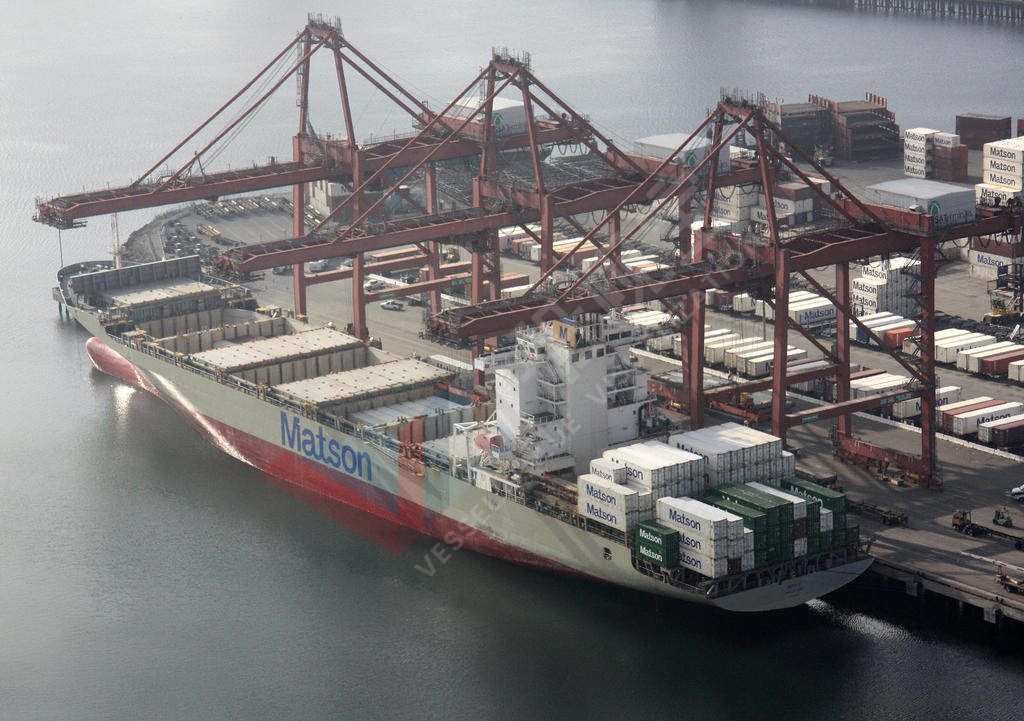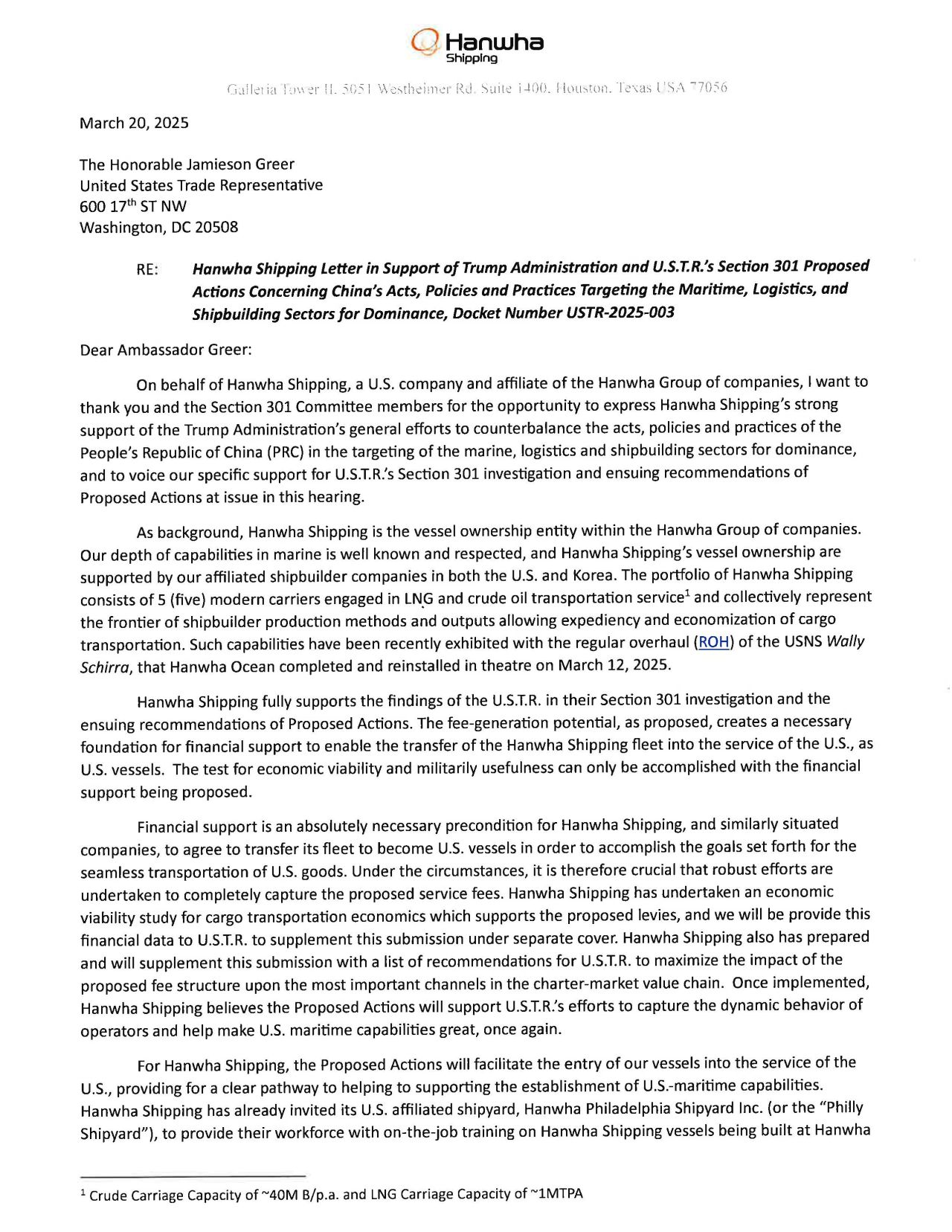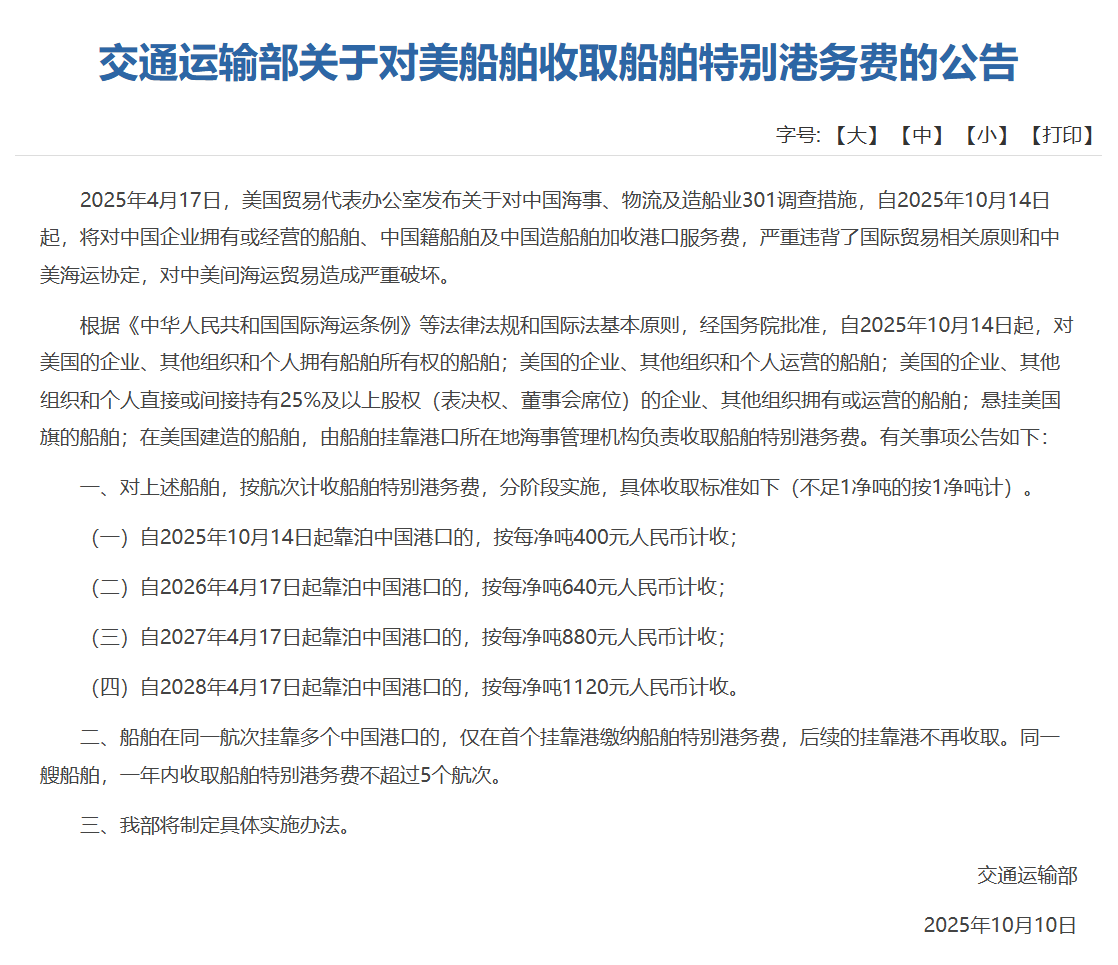In order to regulate navigation order and ensure maritime traffic safety in the Beibu Gulf waters and create a "safe, orderly, and smooth" navigation environment, Guangxi MSA recently issued announcement, which took effect from 10 March 2023, to optimize and adjust the shipping routes along the coast of Beibu Gulf in accordance with the relevant provisions stipulated in Maritime Traffic Safety Law of PRC.
The navigation environment in Beibu Gulf waters of Guangxi is complex with a high density of vessel traffic, making vessel collision accidents prone to occur. Through the optimization and adjustment of the routes, the vessel traffic flow in the Beibu Gulf waters has been further guided and streamlined. This helps to reduce the intersection of commercial shipping routes with areas for fishing, offshore oil exploration, and offshore wind power generation, thereby lowering the risk of collisions between commercial and fishing vessels and improving the coastal navigation environment of Guangxi.
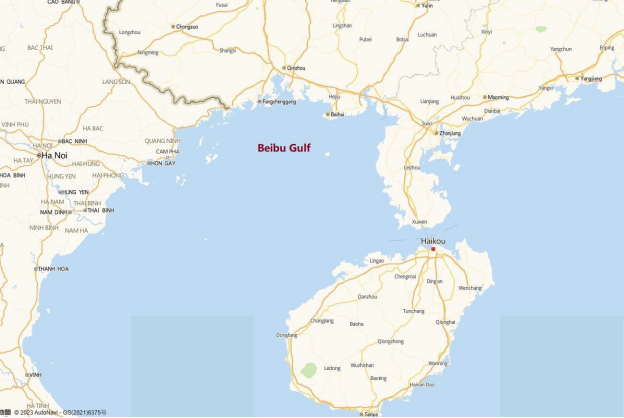

(D) Route connecting Beihai Port to the ports on west coast of Hainan Island












(10) Route connecting Beibu Gulf Ports to Southeast Asian countries - Shibuling Port

(13) Route connecting Beibu Gulf Ports to Southeast Asian countries - Sanya Fairway


Since 2021, Guangxi MSA has started to optimize and adjust the main public shipping routes along the Guangxi coast. Based on a thorough analysis of the navigation practice of vessels along the coast and current status of the development of ports, the MSA has made full research and discussion with parties concerned, and it has come out with the overall pattern of "five main routes plus sixteen branch routes" for shipping routes. The details of the shipping routes are provided as below:
Five Main Routes
With a width of 3 to 6 nautical miles, the "Five Main Routes" are the main channels connecting Guangxi to other domestic shipping routes and Southeast Asian countries, including:
(A) East Route of Weizhou Island

(B) West Route of Weizhou Island



(C) Route connecting Beibu Gulf ports to Southeast Asian countries

(D) Route connecting Beihai Port to the ports on west coast of Hainan Island

(E) Route connecting the west entrance of Qiongzhou Strait to ports of Vietnam.

Sixteen Branch Routes
With a width of 2 to 4 nautical miles, the "sixteen branch routes" are the specific channels connecting various port areas along the coast to the main shipping routes. They are mainly aimed at improving the navigation order of vessels entering and leaving ports and improving the efficiency of port traffic, including:
(1) East Fairway of Weizhou Island - Tieshan Port

(2) East Fairway of Weizhou Island - Shibuling Port

(3) East Fairway of Weizhou Island - East Fairway Qinzhou Port

(4) East Fairway of Weizhou Island - West Fairway of Qinzhou Port

(5) East Fairway of Weizhou Island - Sanya Fairway

(6) Route connecting Beihai Port to ports on the west coast of Hainan Island - Tieshan Port

(7) West Route of Weizhou Island - East Fairway of Qisha Port

(8) West Route of Weizhou Island - Sanya Fairway

(9) Route connecting Beibu Gulf Ports to Southeast Asian countries - Tieshan Port

(10) Route connecting Beibu Gulf Ports to Southeast Asian countries - Shibuling Port

(11) Route connecting Beibu Gulf Ports to Southeast Asian countries - East Fairway of Qinzhou Port



(12) Route connecting Beibu Gulf Ports to Southeast Asian countries - Yangpu Port of Hainan

(13) Route connecting Beibu Gulf Ports to Southeast Asian countries - Sanya Fairway

(14) Beihai – Weizhou fairway



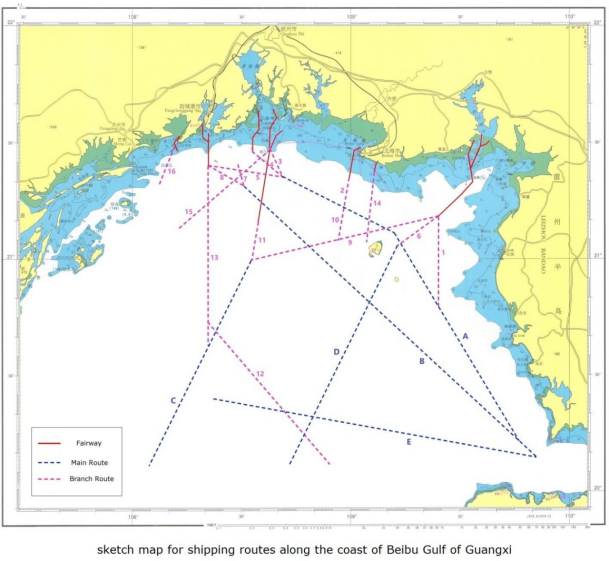

(15) Fangcheng & Qinzhou Port - Haiphong Port of Vietnam and the northern fairway

(16) Bailong Port - Haiphong Port of Vietnam and the northern fairway


General advice for vessel
It’s suggested that the vessel should scientifically choose the routes and maintain a proper lookout all the time. Please sail cautiously and keep the AIS in a normal working status. After entering the VTS jurisdiction area, switch VHF to the duty channel in time. Navigate at a safe speed on the right side of the centerline of the route, and avoid sailing side by side with other vessels for a long time. Take special caution when sailing in and out of the routes, or passing through areas with high traffic density and areas where traffic flows intersect. When crossing the route, try to cross at a right angle to the traffic flow in the route as far as possible.
Source: Shanghai P&I Services Ltd.
 |
Circular No.SPI230301 |
The opinions expressed herein are the author's and not necessarily those of The Xinde Marine News.
Please Contact Us at:



